|
I tend to weave with fine yarns, and when I do, I weave with an end-feed shuttle and pirns. Yet I still find using paper quills invaluable.
Winding a paper quill: I use a Swedish bobbin winder to wind the paper quills, but any winder should do. First wind the piece of paper tightly around the pirn of the bobbin winder (I start the paper behind the pirn and wind it towards me - see picture). After you get it wound on about half way, stick the end of the yarn in there and keep winding. Once the paper is fully wound on, Start cranking and wind with firm tension on the yarn, forming little bumps on each end and then filling in the middle. The Bad and the Really, Really Ugly: Okay, so it doesn't always work perfectly. Tip #3 is this: when you wind the paper quill, do NOT wind too close to the ends of the quill. It might look okay at first, but trust me, it will end up looking like this:
6 Comments
It seems fitting that my first blog post should be about a project that was very challenging for me. Every year my guild has a Weavers Challenge. Everyone that participates draws 4 cards that dictate the weave structure, the colors, the fibers, and the finishing techniques that you have to use in a project to be presented to the guild the following year. Last year I drew:
I wound on the bulky black wool warp onto the first back beam and threaded through the heddles, then I threaded each of the white strips through the heddles and let them hang. I now had a problem. None of the strips were longer than 15-20" long so I had to improvise to make them long enough to be warp. First I secured them with a length of pearl cotton in front of the castle so I could tension them later behind the castle. In order to wind them onto the second back beam, I had to "extend" each of them with a 2 yard length of pearl cotton which was sewn through the strip, wound around the apron rod and tied to itself to tension the strip. Now to the front of the loom. Same problem. The strips were too short and too thick to thread through the reed and tie on. So I measured a 24" length of pearl cotton to sew through each white strip that could then be dented and tied on to the apron rod with the bulky wool. I began weaving carefully with black knitting yarn until the ends of all of the white strips had made it through the reed. And FINALLY I could begin weaving in log cabin pattern with the white and black cloth strips from Mom's jacket. I had to be careful as I wove to make sure the right side of the warp strips faced up because the underside was interfaced. To help stabilize the cloth, I continued to throw the shuttle of black knitting yarn every time I laid in a black strip of cloth because none of the strips were wider than the warp. You can see the log cabin pattern in the photo below. When I ran out of strips, I cut the cloth from the loom (it measured about 15" x 15", and I quickly zigzagged around all 4 sides. I also ironed on a very lightweight interfacing to the back side to stabilize the cloth. Not done yet. Now I had to make a bag. I am not much of a seamstress, and I fussed with this a lot. I picked out a red lining that reminded me of a block print that hung on my mother's kitchen wall for many years - it was her favorite. I made a little flat-bottomed clutch, and I sewed buttons from the jacket. I put in a magnetic closure and the lining TWICE because I did it wrong and had to do it all over again. But it is completed, and I think she would be pleased. I did "fail" in my challenge in one regard: I did not brush the fabric on the bag. I know in my heart it would fall apart if I did, so I will brush the scraps to satisfy Ruth Ann, the challenge queen, and be done with it...
|
Pattie LambI have been happily weaving since my son was born in 1988. Archives
June 2023
Categories
All
|

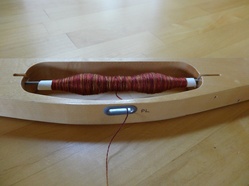
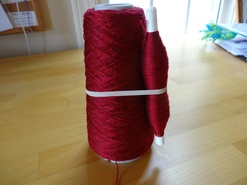
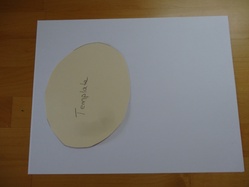
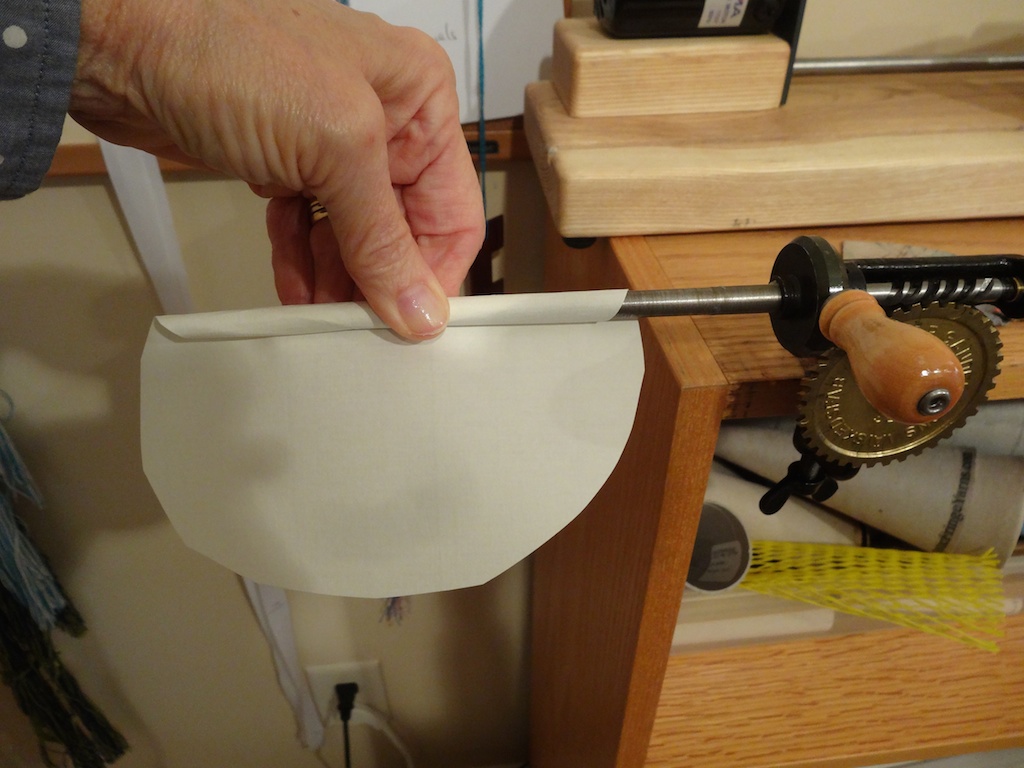
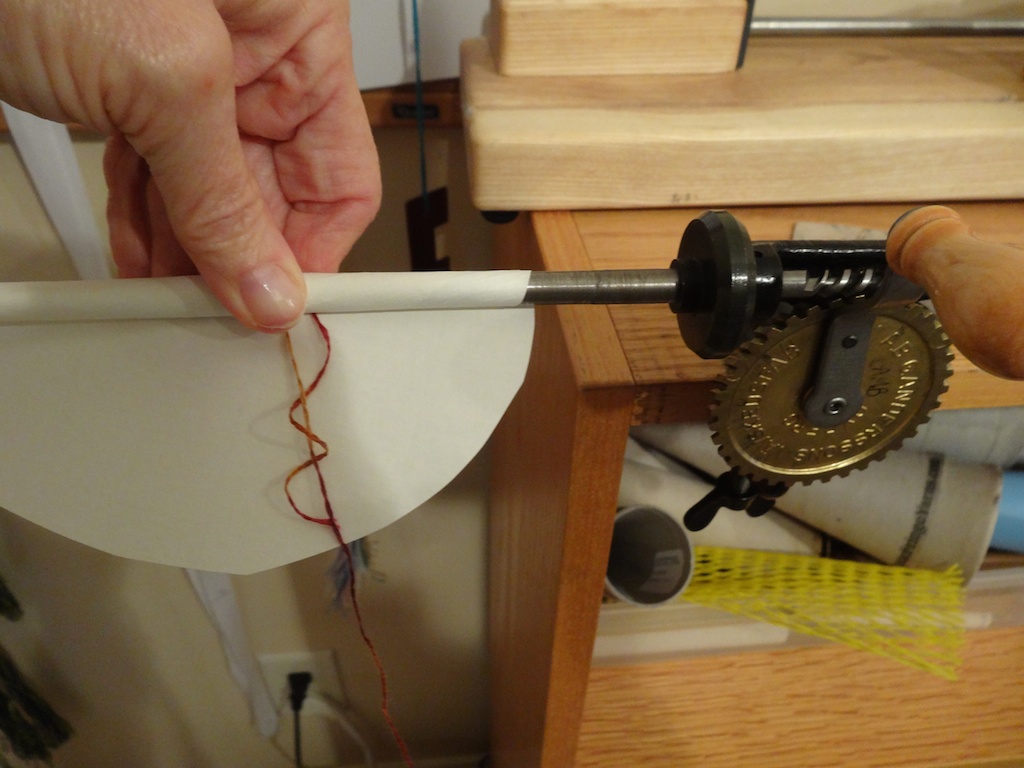
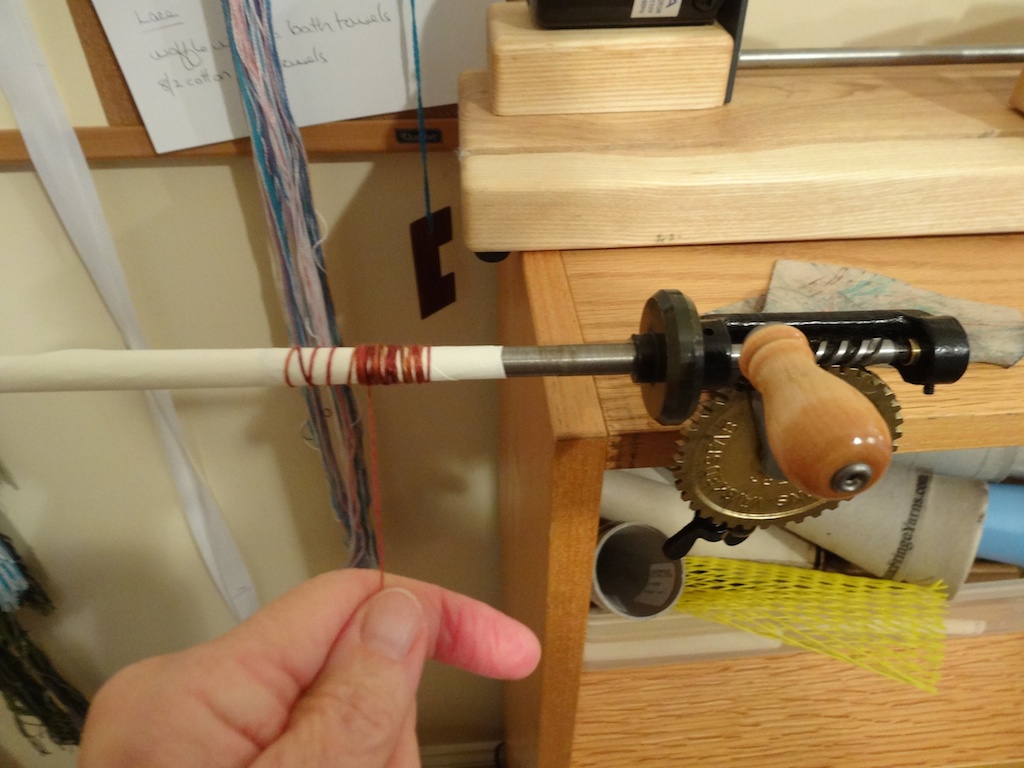
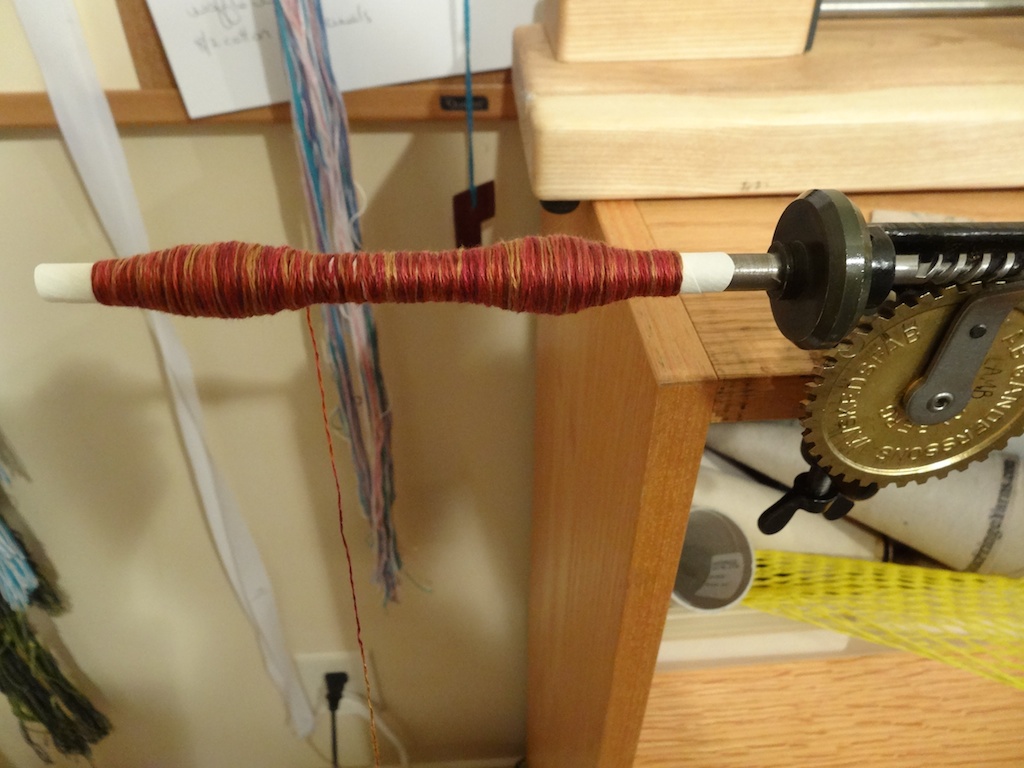
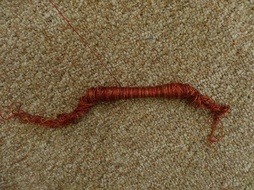
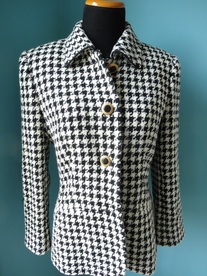
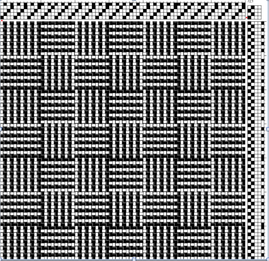
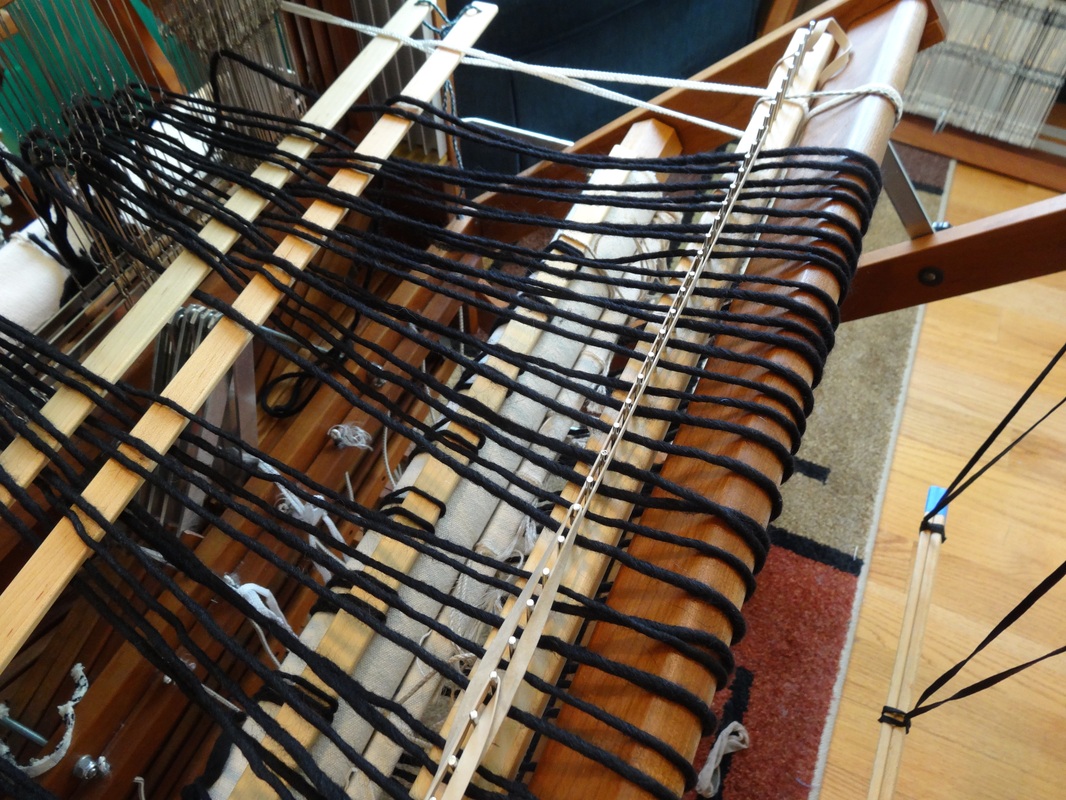
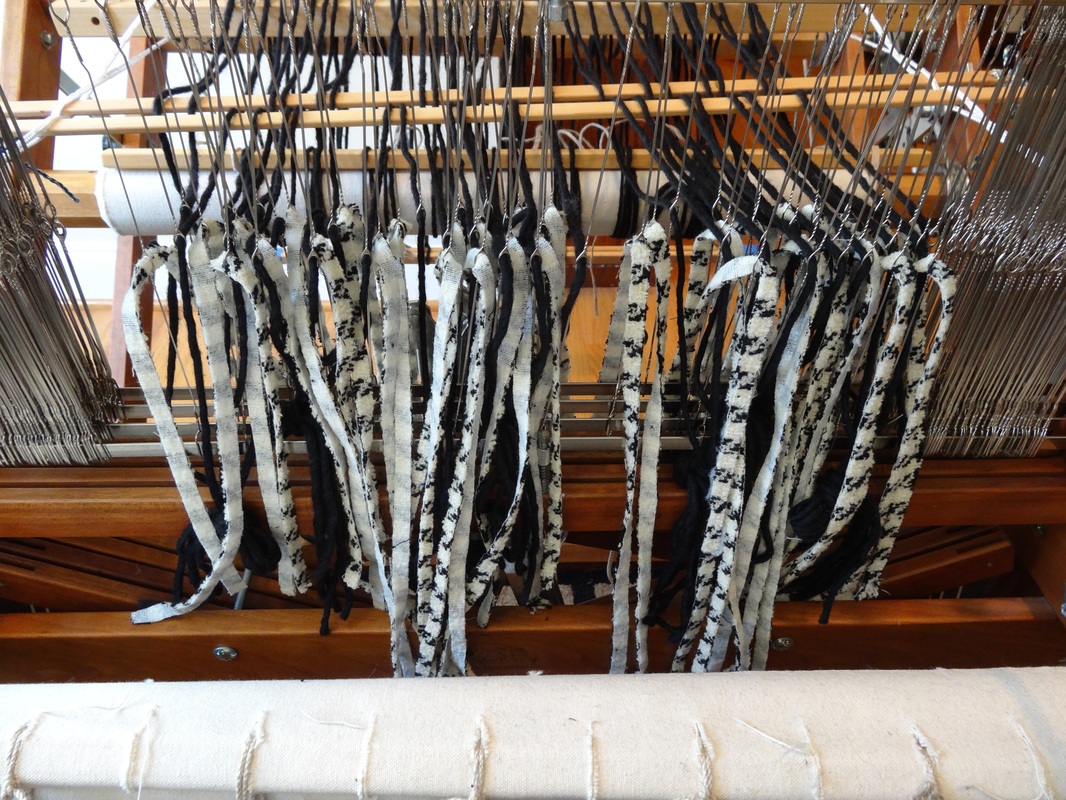
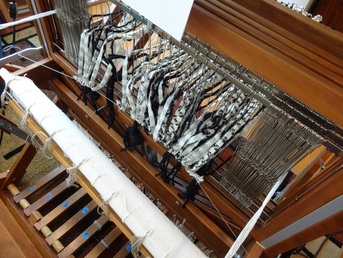
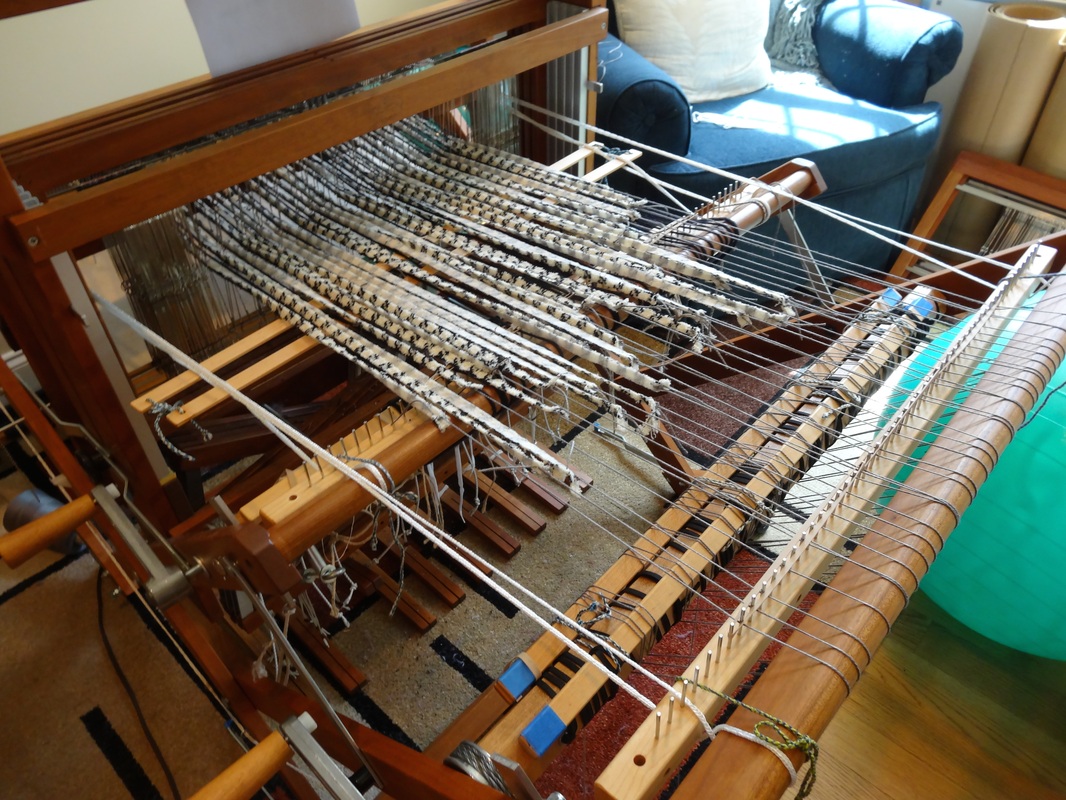
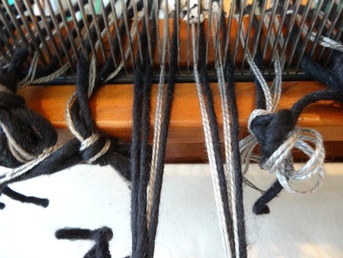

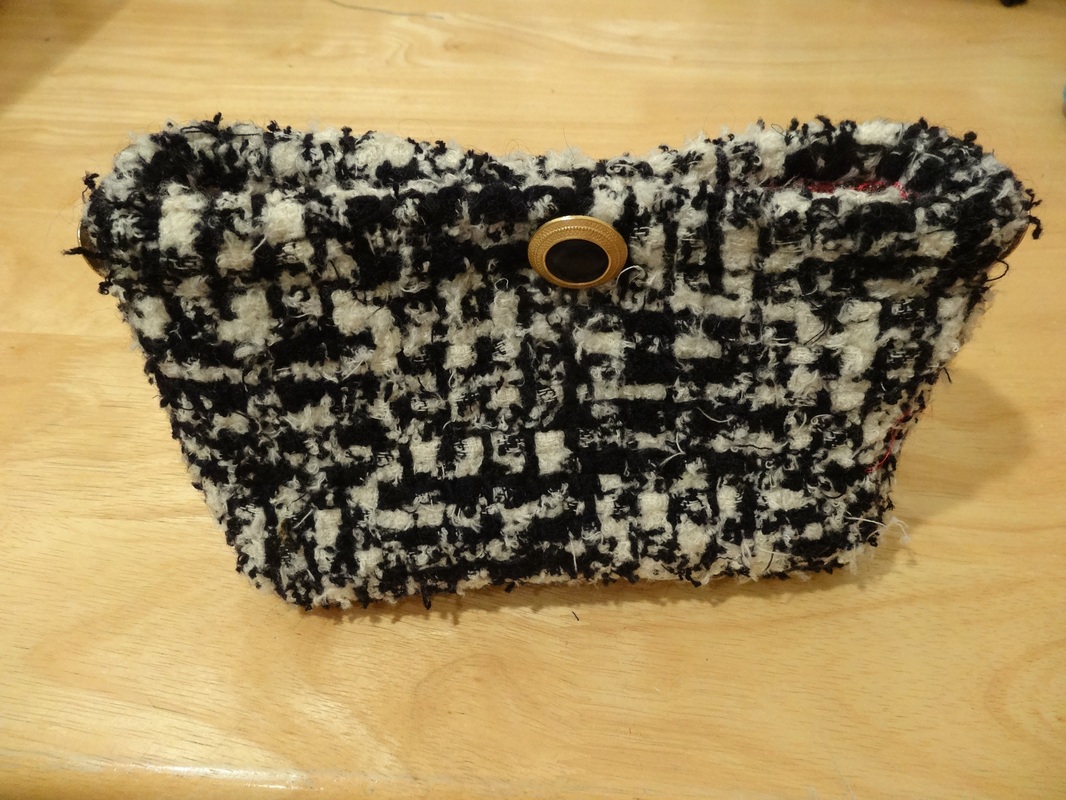
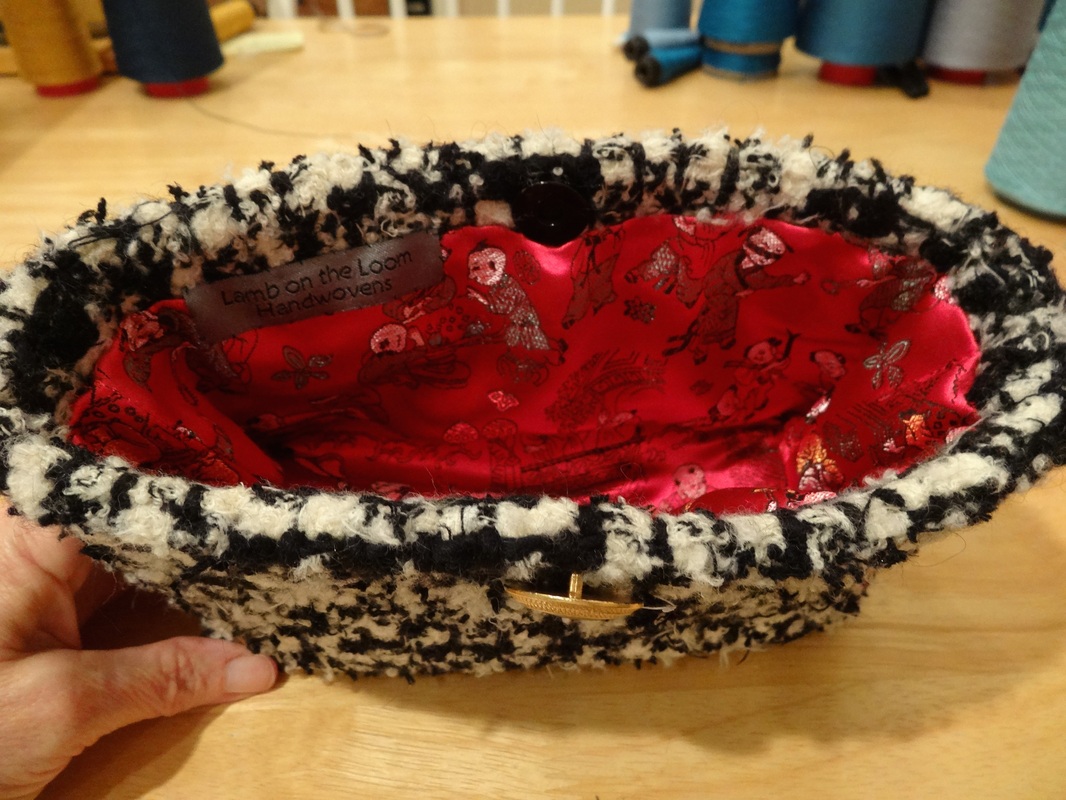
 RSS Feed
RSS Feed